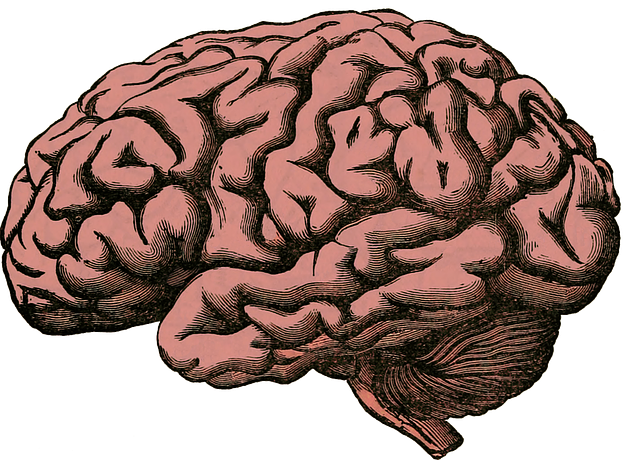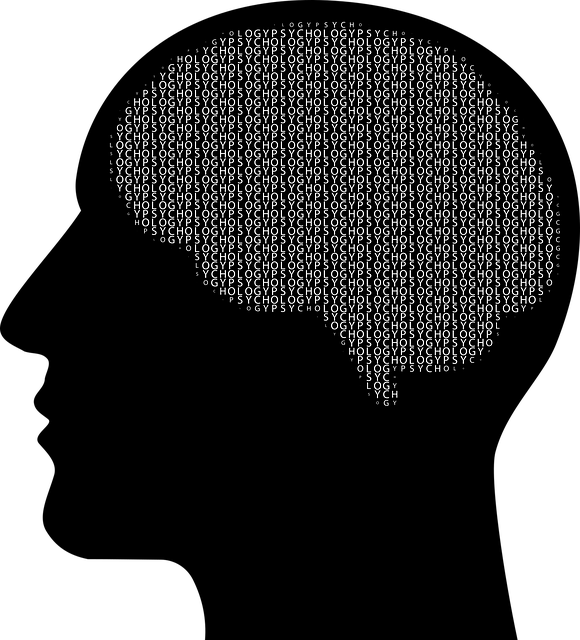Lakewood Adjustment Disorder (LAD) is a mental health condition marked by difficulty adjusting to stress, often triggered by trauma or challenges. Effective therapy focuses on crisis intervention and mental wellness journaling. Positive thinking exercises, integrated into LAD therapy, reduce stress and anxiety by cultivating optimism, challenging negative thoughts with affirmations, and fostering resilience. These techniques complement traditional therapy, empower clients to manage stress, improve coping mechanisms, and enhance life satisfaction. Culturally sensitive delivery through healthcare provider training ensures inclusive therapeutic environments.
“Unleash the transformative power of positive thinking for effective Lakewood Adjustment Disorder (LAD) therapy. This article delves into the profound impact of cultivating optimism and resilience in addressing LAD symptoms. We explore ‘The Power of Positive Thinking Exercises’ and provide practical insights on ‘Implementing Effective Techniques’. By understanding LAD’s intricacies, professionals can harness cognitive reframing, mindfulness, and gratitude practices to empower individuals in their recovery journey.”
- Understanding Lakewood Adjustment Disorder and Its Impact
- The Power of Positive Thinking Exercises
- Implementing Effective Positive Thinking Techniques in Therapy
Understanding Lakewood Adjustment Disorder and Its Impact

Lakewood Adjustment Disorder (LAD) is a mental health condition that significantly impacts an individual’s ability to cope with and adjust to stressful situations. It often manifests as a response to traumatic or highly challenging events, leading to various emotional and behavioral symptoms. Understanding LAD is crucial in implementing effective therapy and promoting recovery. Those affected may experience intense feelings of sadness, anxiety, and anger, along with difficulties making decisions and maintaining focus. These challenges can disrupt daily life, affecting performance at work or school and relationships with others.
The impact of LAD extends beyond the individual, influencing their social and professional spheres. It can create a sense of isolation and make it hard to trust others. Therapy for LAD often involves Crisis Intervention Guidance, helping individuals develop strategies to manage intense emotions during stressful situations. Mental wellness journaling exercises are also beneficial, encouraging self-reflection and providing an outlet for processing thoughts and feelings. By fostering mental health awareness, individuals with LAD can learn to recognize their triggers, develop healthier coping mechanisms, and gradually regain a sense of control over their lives.
The Power of Positive Thinking Exercises

The power of positive thinking exercises lies in their ability to transform lives and offer a new perspective on challenges. These exercises, often incorporated into Lakewood Adjustment Disorder Therapy, are designed to help individuals cultivate an optimistic mindset. By focusing on the good, even in difficult situations, people can reduce stress and anxiety levels significantly. This simple yet profound shift in perception has been shown to improve mental health awareness and overall well-being.
In today’s fast-paced world, where stress management workshops are becoming increasingly popular, positive thinking exercises provide a practical tool for coping with daily pressures. They encourage individuals to challenge negative thoughts and replace them with positive affirmations. This practice fosters resilience, enhances emotional intelligence, and promotes a sense of inner peace. Incorporating these techniques into one’s routine can lead to better decision-making skills and improved relationships, making it an invaluable asset for anyone seeking a more fulfilling life.
Implementing Effective Positive Thinking Techniques in Therapy

Implementing effective positive thinking techniques in therapy is a powerful approach to enhancing well-being, particularly for individuals dealing with conditions like Lakewood Adjustment Disorder. These strategies encourage clients to reframe negative thoughts and emotions, fostering resilience and promoting healthier mental states. Therapists can integrate positive thinking exercises tailored to individual needs, such as cognitive reframing, gratitude practices, and mindfulness meditation. These techniques not only complement traditional therapeutic methods but also empower clients with practical tools to manage stress, improve coping mechanisms, and enhance overall life satisfaction.
In the context of Lakewood Adjustment Disorder Therapy (LADT), positive thinking exercises can be adapted to address specific challenges faced by individuals with this disorder. Incorporating these practices into therapy sessions supports the development of emotional intelligence, a key aspect of mental health policy analysis and advocacy. Additionally, healthcare provider cultural competency training can facilitate the effective delivery of positive thinking techniques, ensuring culturally sensitive and inclusive therapeutic environments that resonate with diverse client populations.
In implementing positive thinking exercises within Lakewood Adjustment Disorder therapy, professionals can empower individuals to overcome challenges and foster resilience. By integrating these techniques, therapists create a supportive environment that encourages clients to reframe negative thoughts and adopt healthier perspectives. This approach holds significant promise in enhancing well-being and promoting effective coping strategies for individuals navigating the complexities of Lakewood Adjustment Disorder.














